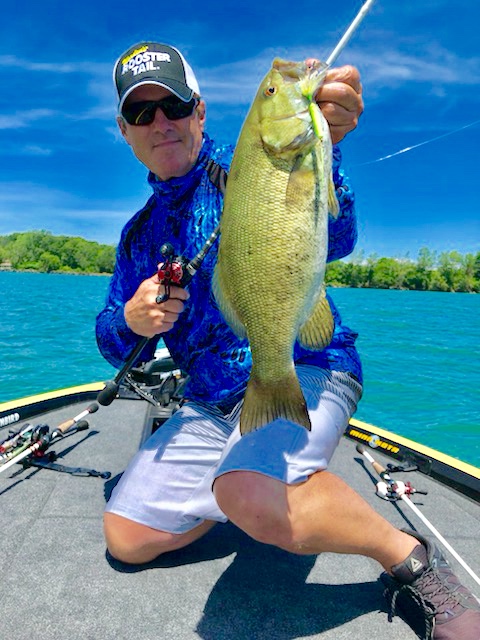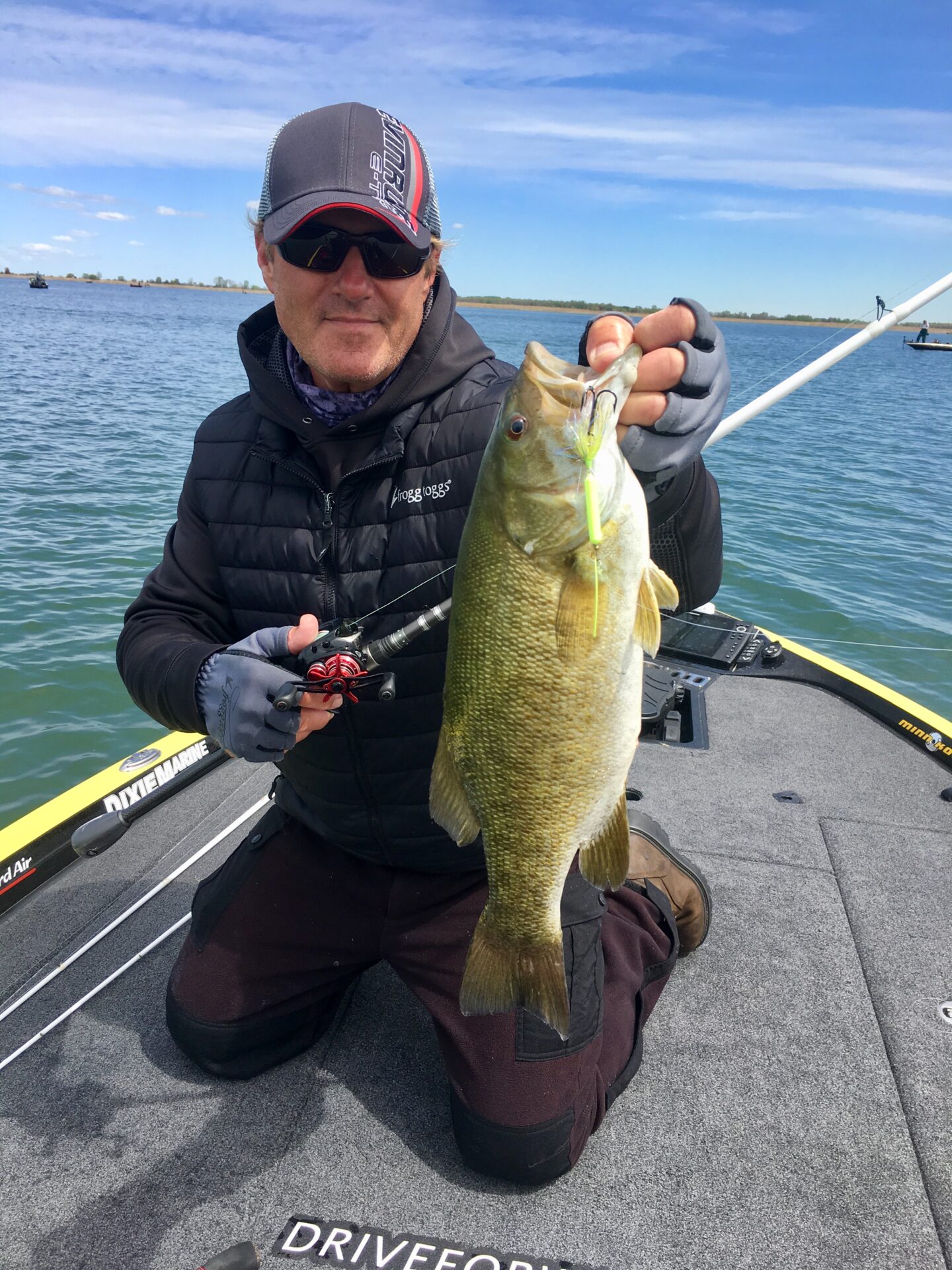The Ever Evolving Rooster Tail
The Rooster Tail was one of the first artificial lures I ever used as a kid. The shiny little bait accounted for many a Rock Bass, Bluegill and Crappie from the many streams and farm ponds around my home in Southern Ohio. A slightly larger version also bagged me my first Northern Pike on a family fishing trip to Ontario when I was 10 years old. The bait was affordable, effective and easy to fish!

As I got older, my fishing focus turned to Largemouth and Smallmouth Bass and competitive bass fishing. That focus would eventually lead me to a full time career as a touring professional angler on the Bassmaster Tournament Trail. Unfortunately, that evolution also led me away from that little bait I had loved so much as a young boy. That is until the Bassmaster Tour took a northern swing to Lake Ontario and the St. Lawrence River.
I learned quickly that to win on the Great Lakes you needed be able to catch smallmouths in clear water, which meant jerk baits, tube baits and fast moving spinnerbaits. I also learned that my style of fishing was more suited to fast moving reaction baits than finessing them to bite with bottom bumping lures. I also learned that Smallmouths were attracted to bright colors, particularly chartreuse. I experimented with various spinnerbaits, but they all fell short in certain ways. I needed a bait that could be fished fast near the surface, was flashy and compact in profile but heavy enough to cast a long distance. That’s when it hit me… The perfect bait would be a Rooster Tail!
Over the next several years the Rooster Tail accounted for many top B.A.S.S finishes from the Great Lakes to Lake Mead in Nevada. Anywhere there was clear water it worked on both Smallmouth and Largemouth Bass. Best of all, I was the only one using it and guarded my secret as best I could. I also refined the Rooster Tail sizes and colors as well as the line, rigging, tackle that worked best. That system I developed is the one that I still use to catch big Smallmouths to this very day!
Here’s the formula… I use either a ½ or ¾ ounce Rooter Tail in a bright color. My favorites are chartreuse with chartreuse or gold blades or hot pink with matching blades. I fish them on a 7’ medium heavy baitcasting rod with a high speed retrieve reel spooled with 50-60 pound braided line which connects to a large ball bearing swivel. To the swivel, I attach and 18” leader of 15-20 pound fluorocarbon line that I tie directly to the Rooster Tail with a Palomar knot. I target areas that have scattered rock and weed in less than 12’ of water. It doesn’t matter how clear the water is, but wind does help. I prefer post spawn when the water is between 58 and 68 degrees. It also works in the fall when the water cools to those temperature ranges. Make long casts. The further the better! Point the tip of the rod at the bait and retrieve the Roster Tail at a high rate of speed. My goal is to keep it within on foot of the surface, but not rippling the top. Smallmouths are visual feeders and the strikes will be very violent. The hookup to land ratio with this technique are very high many times you will see the bass coming from great distances in the clear water, but never slow the retrieve. Many times they will take it close to the boat.

Recently, I have even worked directly with the manufacturers of Rooster Tail to put together a Joe Thomas Pro Series of Rooster Tails in the sizes and my hand picked colors that have proven effective for me over the years. We’ve even added an upsized black nickel premium hook and split ring to hold those big Smallies even through their acrobatic jumps
Give my Rooster Tail system a try and don’t be surprise if you catch the biggest Smallmouth of your life!
Good Fishin’
Joe Thomas
